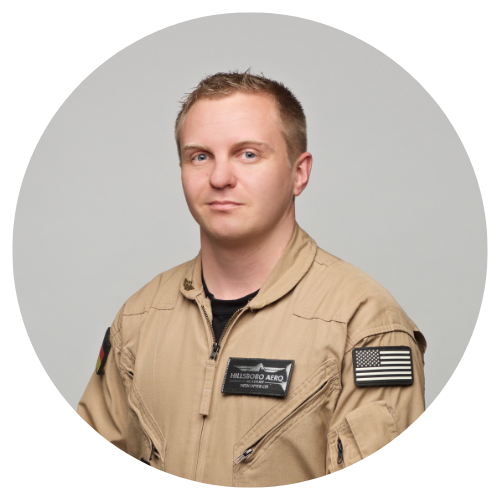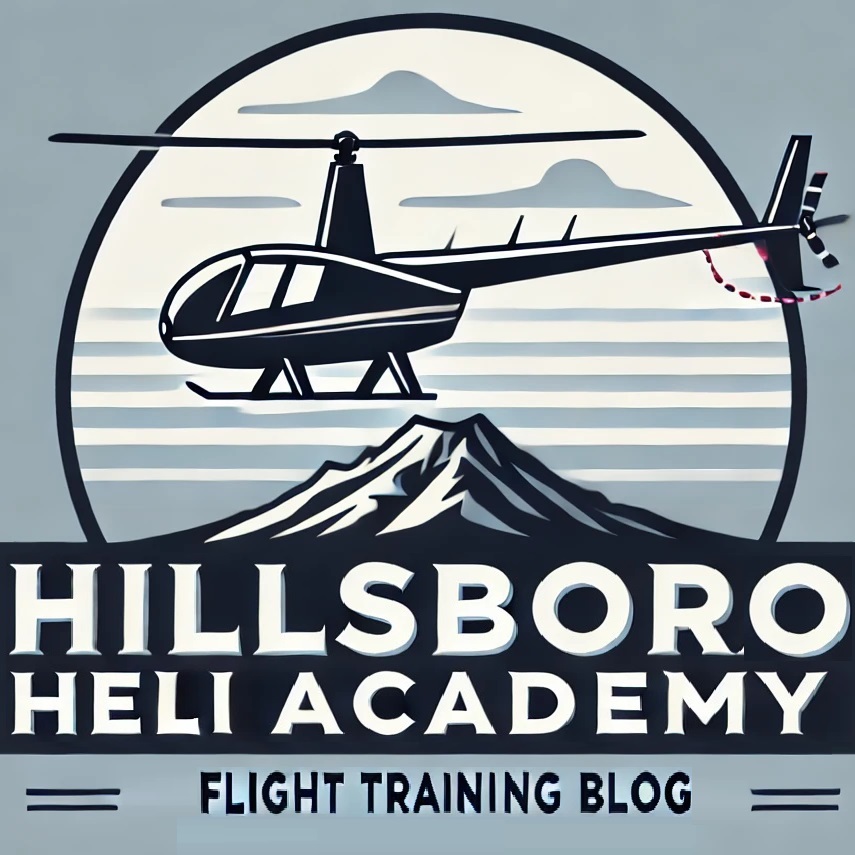Welcome to Lift-Off, our latest newsletter packed with insights on helicopter pilot training and building a career in aviation
Today we like to give you some more insights into the sequence and structure of helicopter flight training.
Licensing Authorities
The topic of pilot licenses is more complex than you might think! First, there are different aviation authorities that oversee licensing. In the U.S., the FAA (Federal Aviation Administration) governs aviation, while in Europe, it’s the EASA (European Union Aviation Safety Agency). What makes things even more intricate is that within Europe, each country has its own national authority that issues licenses and medical certificates. For example, our EASA licenses are issued by Austro Control in Austria, which is important to keep in mind when you complete your medical exam. If you’re planning on doing the EASA portion of the training, make sure to request an Austrian EASA Class 1 Medical—even if you’re getting it done in a different country like Germany. That small detail can save you months of delays later on.
The Different Types of Licenses
Once you get into the training itself, you’ll realize that it’s not just a matter of getting one license and calling it a day—there are multiple steps. You can’t jump straight to the Commercial Pilot License (CPL), which is the license you need to fly professionally. Everyone starts with the Private Pilot License (PPL). In the U.S., it’s standard (and required in our Pro-Pilot course) to also earn the Instrument Rating (IFR). This is a crucial part of your professional toolkit, as it allows you to fly in bad weather conditions where you can only rely on instruments. The skills you gain in IFR training are extremely valuable in the real world and can make a big difference when you’re applying for jobs.
After you’ve completed your IFR training, you’ll move on to the Commercial Pilot License (CPL), which allows you to fly for hire. But your journey doesn’t stop there if you plan to work in Europe.
EASA Training
For pilots who want to work in Europe, completing the EASA training is essential. The EASA portion of your training runs alongside your FAA training. Specifically, you’ll start the EASA theory while you’re working through the FAA IFR training. The EASA theory phase is demanding—you’ll need to complete 590 hours of self-study and 60 hours of classroom instruction, covering everything from navigation to meteorology. You’ll also need to prepare for the 13 written EASA exams and the KSA (Knowledge, Skills, and Attitude) assessment.
Once you’ve passed all your written exams and completed your FAA CPL, you’ll begin the practical part of your EASA training. This includes an EASA evaluation flight, followed by about 10 hours of training on the Robinson R44, and finally, your EASA checkride. The entire EASA flight portion takes place on the R44, which is a widely used helicopter model, giving you the experience needed to fly it professionally.
Required FAA Licenses
One question we often get is whether you need to earn the FAA Certified Flight Instructor (CFI) license if you don’t plan to become a flight instructor. The answer is yes. The F1 visa we use for our Pro-Pilot course requires that you obtain the CFI license as part of the program. Additionally, over 95% of our graduates start their careers as flight instructors, so the CFI is not just a box you have to check—it’s a crucial step in building your flight hours quickly and advancing your career. Most entry-level helicopter jobs require more flight hours than you’ll accumulate during your training, and the fastest way to log more hours is by working as an instructor.
For more detailed information on how the different licenses work and the exact sequence of training, you can visit our website: Hillsboro Helicopter Training Overview.
FAQs
On our website, we’ve created a very comprehensive list of common questions about pilot training. You should definitely take a look at it! http://en.flyhaa.de/faq
Webinars
We regularly host webinars and live events around Europe, where we share a lot of information about the training and the career in the helicopter cockpit. You can watch the recording of our latest webinar here:

